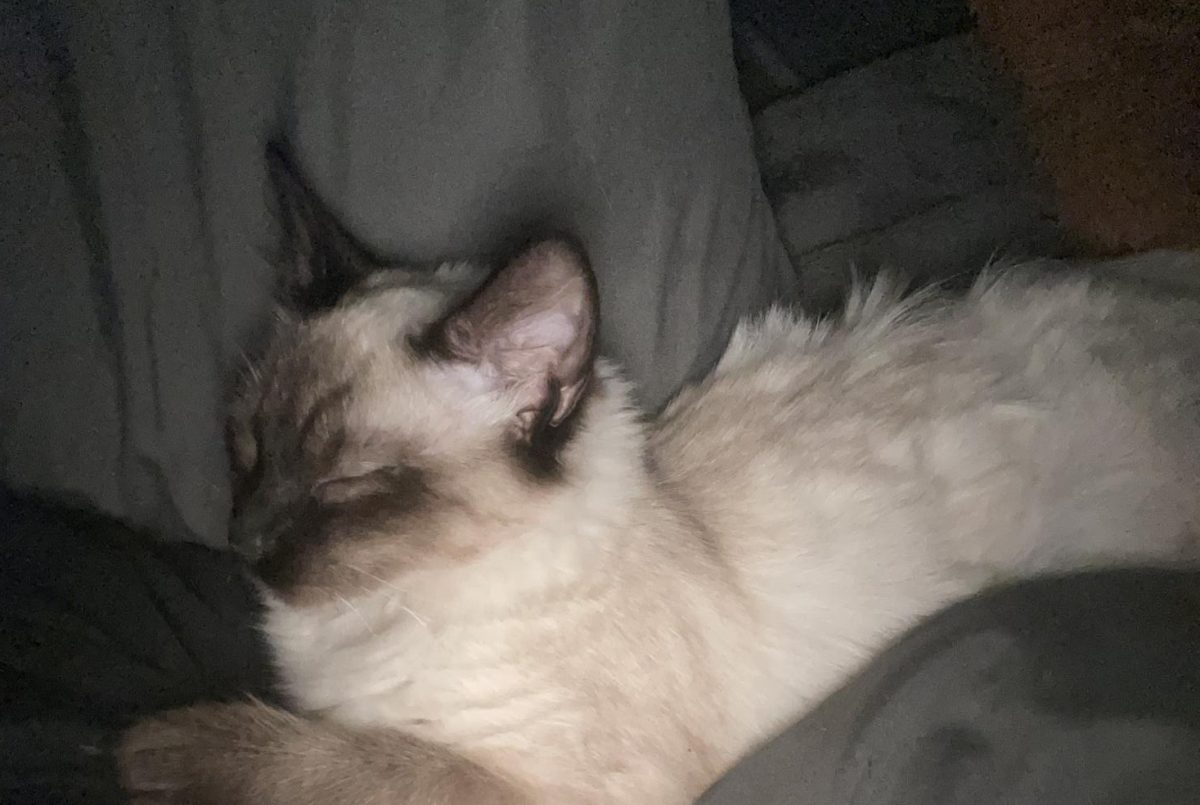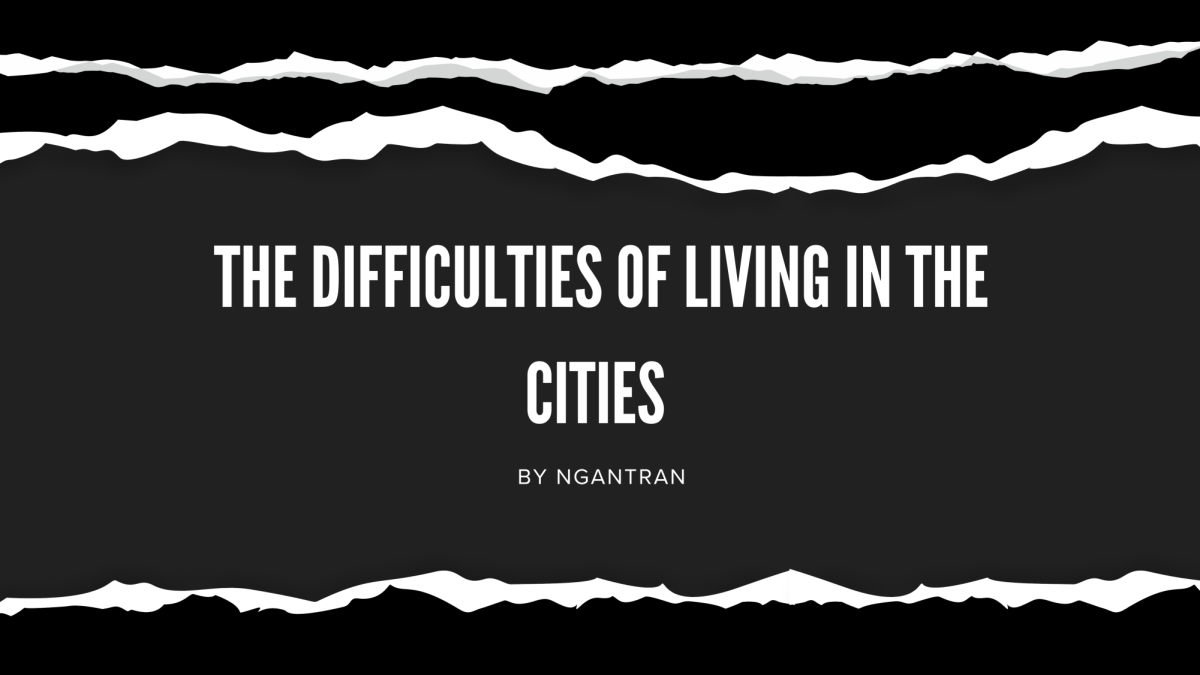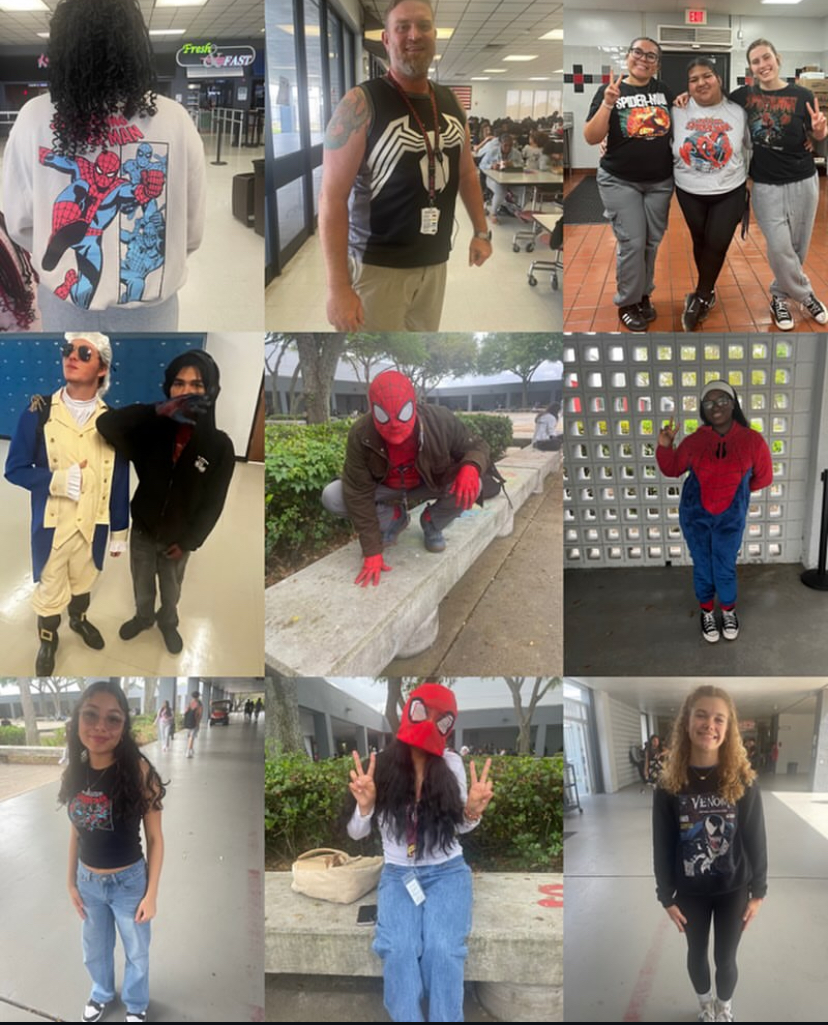
Free this and free that has become the new slogan around the 2020 presidential election, with many of the past democratic candidates creating their own plans for what they would make free. One of these leading issues that has pulled many Americans in and will affect many Americans is free college.
Bernie Sanders is the leading Democratic candidate that has used the term “free college for all” the most during the 2020 Presidential Election and it has been working for him. He is winning over young voters and gaining ground this election season. What people do not realize is that the idea of “free college” will not work in the United States.
Bernie’s whole plan is to wipe away everyone’s student debt and make public universities tuition-free. People have jumped at this idea, making Bernie Sanders one of the frontrunning Democratic candidates. However, free college is not actually free. The money has to come from somewhere and that somewhere will most likely be the taxpayers. Eliminating tuition will cost around $79 billion a year according to the Department of Education. A lot of this money will have to come from the people of America, limiting the transparency between the American people and the government.
“Free college is a fantastic idea, but not altogether realistic. Taxes are going to rise, and funding is already stretched thin on education,” said Yaileen Diaz on the issue of free college education.
With free college, only tuition from public universities and colleges will be free to everyone under Bernie Sanders and Elizabeth Warren’s plans. However, the other expenses including room and board are the real reasons why students are going into debt. In the school year 2019-2020, full-time in-state students at public four-year colleges had to cover an average of about $15,400 in tuition, fees, and room and board according to College Board. “Free college” would not even cover half of this payment, leaving students to still pay a large sum of money at the end of their college education.
Say free college does become a thing. Another problem with this idea is that more and more kids will probably start going to college. This could be seen as a great thing with students furthering their education at a higher level. However, if more and more students get degrees from college, this would devalue college degrees and oversaturate the workforce, leading to people working in jobs they are overqualified for.
“Free College is good because currently, those in the lower class can’t afford to churn out 20,000 a year or more to attend college, so many give up on pursuing a higher education. If it was free, then they would have more of an opportunity to get a degree that would help them get better jobs” says Marbelis Lugo, a senior looking to go to college in the Fall.
These free college for all plans, in the end, are not a real solution to America’s education problem. Putting money back into K-12 public schools, where education starts, is where real change will occur. The love for learning is created and nurtured in these grade levels. Without this, teens can be given free college all day long but without the right tools and ideas set in place from high school, these teens will flounder in college.
Free college may fit perfectly on a bumper sticker but it does not solve the real issues surrounding education.















